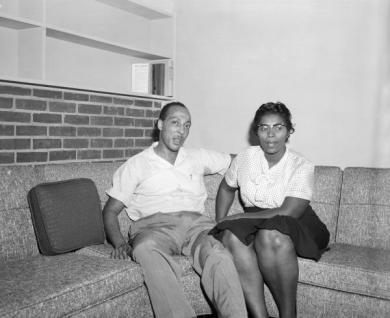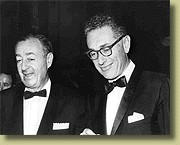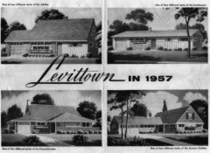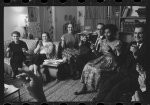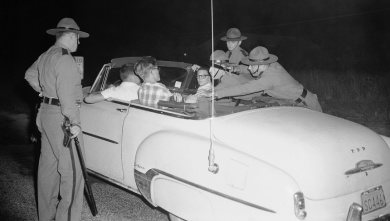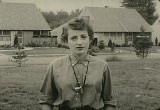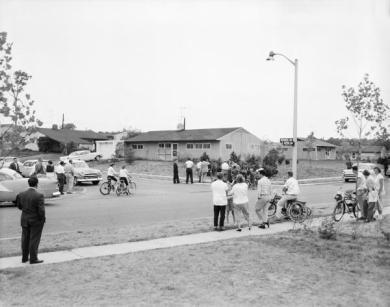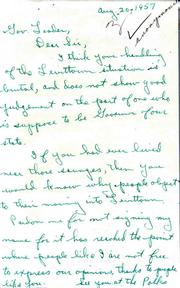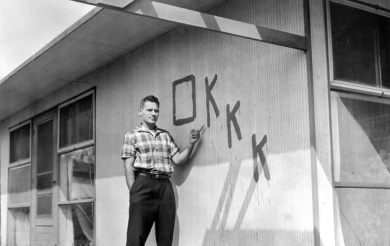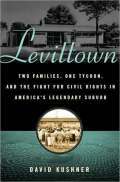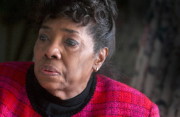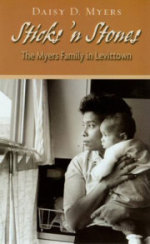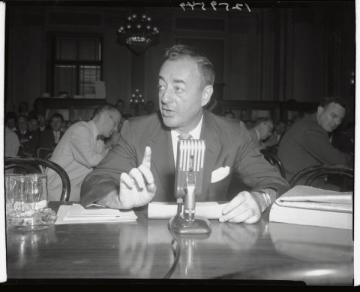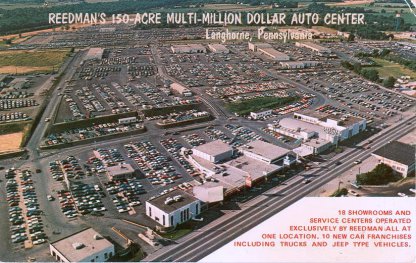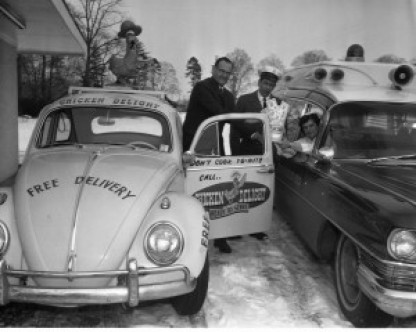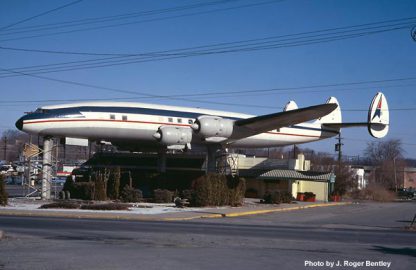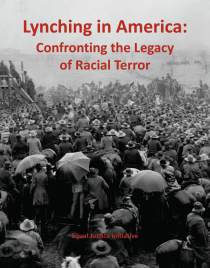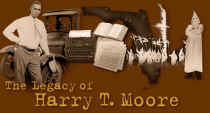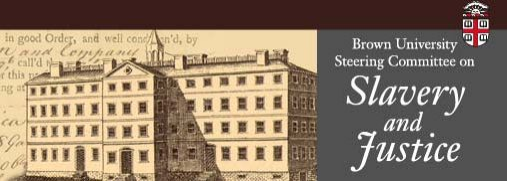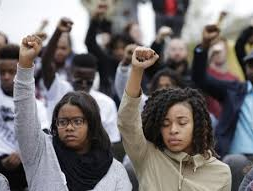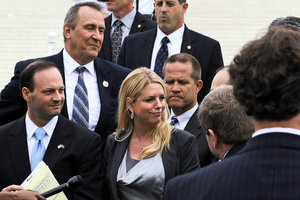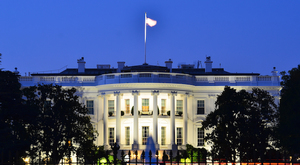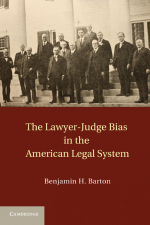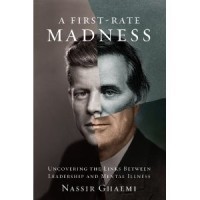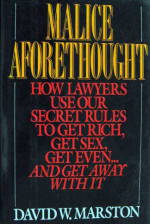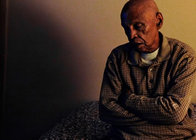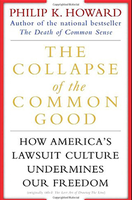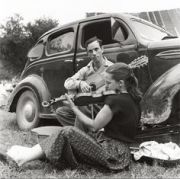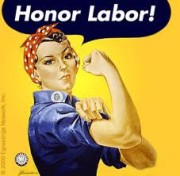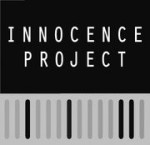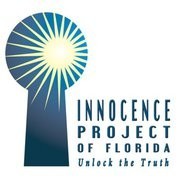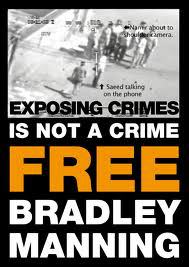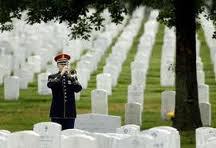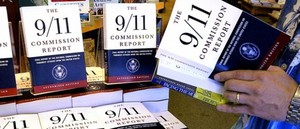Integrating Levittown, Pennsylvania 1957
Author's note: I lived in Levittown from age 2 (1958) through my 20's, and again briefly in my 30's. My parents, and aunt and uncle, were original Levittowners. Signed Neil J. Gillespie, Justice Network
Levittown: Two Families, One Tycoon, and the Fight for Civil Rights in America’s Legendary Suburb
Daisy Myers is known as the "Rosa Parks of the North"
On August 20, 1957, William and Daisy Meyers and their three children became the first African American residents in of Levittown. To protect them against expected protestors and possible violence, 30 policemen were assigned to head off expected demonstrations and harassment.
Crisis in Levittown (1957)
Producer: Lee Bobker/Lester Becker
Production Company: Dynamic Films
Sponsor: Katy Brocksmith
Audio/Visual: sound, b&w
The Black upper middle-class Myers family moves into all-white Levittown, PA in August, 1957, and are snubbed and mistreated, in this powerful landmark documentary
showcasing racism in the United States. Read more
1951: American dream houses, all in a row The Trentonian
By JON BLACKWELL
William Levitt had already established himself as America's biggest housebuilder in 1951 when he looked upon a green expanse of woods and spinach farms in bucolic Bucks
County, Pa., and dreamed of instant suburbia….
The early Levittowns also had an ugly secret: no black families allowed. "As a Jew, I have no room in my mind or heart for racial prejudice," Levitt insisted in 1954.
"But, by various means, I have come to know that if we sell one house to a Negro family, then 90 to 95 percent of our white customers will not buy into the community. That is their attitude, not
ours."
One black couple, Bill and Daisy Meyers, was daring enough to buy a Levittown, Pa. house in 1957. They were met by rock-throwers, bomb threats and mobs screaming
racist taunts at them. It seemed like the bland facade of middle-class conformity was peeling away — to reveal hatred and fear underneath.
The Levittown "whites-only" policy eventually yielded to political pressure and lawsuits. Levittown, Pa. now has a mere fraction of blacks — just 1.5 percent — but
Willingboro is split almost evenly between black and white. In a twist on ‘50s policy, real-estate agents now tout Willingboro's peaceful diversity as an attractive reason to move. Read more
Wikipedia
History: "...Levitt & Sons would not sell homes to African Americans. Though Levitt did not consider himself to be a racist, he was bowing to the prevailing attitudes of many European Americans during the 1950s, considering housing and racial relations entirely separate matters. However, this did not prevent a European-American family from reselling a home to an African-American family, and Levittown's first black couple, William and Daisy Myers, bought a home in the Dogwood Hollow section in 1957. Their move to Levittown was marked with racist harassment and mob violence, which required intervention by state authorities. This led to an injunction and criminal charges against the harassers while Myers and their supporters refused to surrender and received national acclaim for their efforts. For instance, Daisy Myers has been hailed as "The Rosa Parks of the North", who helped expose the northern states' problems with racial inequality of that time. Daisy Myers later wrote a book about her family's experiences. She died Dec. 5, 2011, in York, Pa." Read more
William and Daisy Myers, the first African American residents of Levittown, Pa., socializing with their neighbors
"State Police Action at Levittown". Letters to Governor George Leader, August 1957, for and against integration of Levittown
The Other Civil Rights Movement: Integrating Levittown (PDF)
The Other Civil Rights Movement: Integrating
Levittown
One Nation, Many Americans Project (ONMAP), Greater Egg Harbor Regional School District
The desegregation of Levittown in Bucks County, Pennsylvania well illustrates this story. Following the policy of its developer Bill Levitt, Levittown, PA was built in
1952 as an exclusively white suburb (population size: 60,000). This was not unusual at the time. Between 1935 and 1960, dozens of postwar suburbs kept out African Americans. Although the Supreme
Court ruled racial covenants to be unconstitutional in Shelley v. Kraemer (1948), federal housing policies subsidizing
housing construction and new mortgages, private neighborhood agreements, and real estate agents kept de facto racial exclusions in place at a time when suburbs were rapidly expanding. Such racially
based divisions had -- and continue to have -- profound consequences, since where people live affects their educational options, work opportunities, and quality of life. Read more
- Appendix B: Crowds Gathering around the Myers House, August 1957 in The First Stone: A Memoir of the Racial Integration of Levittown, Pennsylvania (Chicago: Grounds for Growth press, 2004), 25.
- Appendix E: Attorney General Thomas D. McBride to Bristol Township (Letter) in The Inquirer, October 9, 1957 in The First Stone, 92-93.
- Appendix H: Concord Park Civic Association, "In Levittown" in The First Stone, 124
OtherCivilRightsMovementAppendicesBD.pdf
Adobe Acrobat document [360.2 KB]
OtherCivilRightsMovementAppendicesEG.pdf
Adobe Acrobat document [94.0 KB]
OtherCivilRightsMovementAppendicesHJ.pdf
Adobe Acrobat document [162.1 KB]
After a week of disturbances and protests the Meyers and their three children moved into Levittown, PA, on August 19, 1957. A World War II veteran, William Meyers was an equipment tester for a refrigeration firm.
Whites Riot in Response to Arrival of First African American Family in Levittown, PA
University of Richmond
History Engine
Upon driving up to their new home at 43 Deepgreen Lane, Daisy Myers was filled with doubt, recalling that she repeatedly asked herself, "what would be the extent of our
ostracism? Would we be able to sleep comfortably?" as she studied the four law officers standing on the lawn of her address in the Dogwood Hollow Section of Levittown. These questions regarding the
neighborhood reaction to the arrival of a black family in what had been an intentionally all-white enclave, were unfortunately answered over the next two weeks. At dusk each evening, crowds of people
gathered outside the Myer’s home, angrily shouting and jeering, singing the national Anthem, and throwing stones toward the Myer’s home, as apparently these "spacious skies," they sang of were not
meant to be enjoyed in an integrated setting. Levittown police failed to enforce the court ordered protection for the Myers, prohibiting more than three people from assembling near the residence at
once. Mobs consequently gathered in this fashion each night, only finally subsiding due to interference from the state police. After an agonizing fourteen days, the riots ended, but the Myers
continued to suffer the anxiety of the consequences triggered by the introduction of integration to Levittown. Harassment of the family persisted for almost three months, as Daisy Myers received
threatening phone calls of those who "told [her] they threatened to shoot William down on sight," the family’s deliveries of oil, bread, and milk stopped arriving, and the more than occasional
unfriendly white stroller-by forced the Myers to have constant protection, or at the very least, sympathizing company. Anti-segregationist even obtained property immediately neighboring the Myers’
home, using the location to intimidate the family further, evident by their conspicuous display of the confederate flag. Read more
Levittown Real Estate Boards' Discriminatory Housing Practices Revealed, University of Richmond History Engine
Levittown, Pennsylvania a Picture Window Into the True 1950s: A Story of Racial Strife in America’s Ideal Community,
academic paper by Robert Trombley
- Post War Student Handout Levittown
- BBC News Magazine, Vintage Levittown in Photographs
Jew vs. Jew in Levittown
The Jewish Daily Forward
By Joanne Jacobson
April 13, 2009
Levittown: Two Families, One Tycoon, and the Fight for Civil Rights in America’s Legendary Suburb
By David Kushner Author website
Walker & Company, 256 pages, $25.
Virtually since its founding on New York’s Long Island in 1948, "Levittown" has been a byword for conformity: houses, people, aspirations; a kind of origin narrative of
suburban homogeneity. But David Kushner, in "Levittown: Two Families, One Tycoon, and the Fight for Civil Rights in America’s Legendary Suburb," tells a darker story that shadows that narrative — a
story of difference, coming to an explosive climax of racial violence over the summer and fall of 1957 in the second of William Levitt’s meticulously planned communities. Levitt’s career-long
commitment to a whites-only policy is both an ugly story and a revealing one, for it dramatically wounded the post-World War II suburban promise of a fresh start and of safety and community, and it
highlighted, early on, the fragility of that promise and the complexity of Jews’ relationship to it.
In July 1957, Bea and Lew Wechsler, a Jewish couple from the Bronx, challenged Levitt’s restrictive covenant by arranging for the private sale of the house next door to
them in the Pennsylvania Levittown to an African-American family. As soon as Bill and Daisy Myers and their two children moved in, they were confronted by threatening phone calls and hostile,
rock-throwing neighbors. Over the next few months, local vigilantes mobbed neighborhood streets and stoned a local police sergeant who was assigned to protect the Myers family; Confederate flags,
purchased at the area’s Shop-O-Rama, began to fly in neighbors’ cars and windows, crosses were burned on lawns.
The state attorney general’s office had to step in to end the violence and bring its perpetrators to trial. Prominent Jewish organizations joined both the National
Association for the Advancement of Colored People and the American Civil Liberties Union in opposing Levitt’s racist policies, and the Federal Housing Administration threatened to cut off mortgages
on his next Levittown. "Astonishingly," Kushner writes, "Levitt still refused to back down" — stubbornly making plans for yet another whites-only Levittown, in Willingboro Township, N.J., and
fighting legal challenges through the New Jersey court system until, finally, the U.S. Supreme Court refused to hear his case. Read more
Levittown: Two Families, One Tycoon, and the Fight for Civil Rights in America’s Legendary Suburb read more
Daisy Myers, pioneer in the civil rights movement, has died
By MIKE ARGENTO
December 7, 2011
York, PA - Daisy Myers didn't set out to be a civil rights icon.
She and her husband, Bill, merely wanted a nice place to live, a good home and neighborhood to raise their three children. Daisy was a school teacher and Bill, a heating and air conditioning engineer.
Like a lot of families in the 1950s, they looked to the suburbs - quiet and peaceful, yet close to the amenities of the city. They settled on Levittown, among the first planned suburban developments in the country, northeast of Philadelphia, just across the Delaware River from New Jersey.
They found a little pink house on Deepgreen Lane in the development's Dogwood Hollow neighborhood. They paid $14,500 for the house, moving in on Aug. 13, 1957.
It should have been routine - hundreds of middle-class families were moving to Levittown every day then - but it wasn't, simply because the Myers were the first black family to move into the development. Read more
This is the short bio on the York County Heritage Trust website describing Daisy Myers’ autobiography: ‘Daisy Myers often referred to as the "Rosa Parks of the North," grew up in Richmond, VA and now resides in York, PA. Her entire family moved to Levittown, PA in 1957 – the first African Americans to do so. In spite of enumerable hardships whereby hundreds of local citizens tried to force them out, Daisy and her family stood their ground on behalf of civil rights. A memoir of national significance, told by the lady who lived it.’ The 2005 Heritage Trust publication is 128 pages softcover.
William J. Levitt, America's largest home builder, is shown as he testified today that his firm netted a $5,150,000 windfall profit on his Levittown, New York, Housing Project. Levitt told of his financial dealings with the Federal Housing Administration before the Senate Banking Committee. The nationally-known builder said the profit stemmed from inflated FHA mortgages on 4,028 dwellings constructed in the 18,000 unit New York project. Committee Chairman Homer E. Capehart (R), Indiana, said, "I'm sorry to have to say this, but it is quite a conviction of the housing industry in America."
William Levitt
Wikipedia
William Jaird Levitt (February 11, 1907 – January 28, 1994) was an American real-estate developer. In his position as president of Levitt & Sons, he is widely credited as the father of modern American suburbia.[1][2][3]
Background
Levitt was born in 1907 to a Jewish family. His generation was the second since immigrating from Russia and Austria;[4] the grandfather who immigrated to the United States had been a rabbi from eastern Europe.[5] Levitt grew up in Brooklyn, New York.[5] His father was Abraham Levitt, a real estate attorney and part-time investor; his mother was Pauline Biederman. A younger brother, Alfred, was born when William was 5 years old.[5] William received a public school education at Public School 44 and Boys High School.[5] He then attended New York University for three years.[5]
Levitt married Rhoda Kirshner in November 1929.[5] Their son William Junior was born in 1933.[5] His second son, James was born in 1944. The couple divorced in 1959, and Levitt married his secretary and long-time lover, Alice Kenny.[5] Ten years later in 1969, Levitt divorced her and married a French art dealer, Simone Korchin.[5]
Levitt & Sons
1930s
In 1929, his father, Abraham Levitt, founded a real-estate development company called Levitt & Sons. Levitt & Sons built mostly upscale housing on and around
Long Island, New York in the 1930s. William Levitt served as company president,[5] overseeing all aspects of the company except for the designs of the homes they built, which fell to William's
brother Alfred.
Post World War II
During World War II, Levitt served in the Navy as a lieutenant in the Seabees. After returning from the war, he saw a need for affordable housing for returning veterans. America's post-war prosperity and baby boom had created a crisis of affordable housing.[6]
Levitt & Sons built their first huge housing development near Hempstead, Long Island and named it Levittown. Residents started moving into Levittown, New York in 1947. Levitt's innovation in creating this planned community was to build the houses in the manner of an assembly line,[7] where specialized workers with a specific task moved from house to house as they were constructed en masse. Read more

